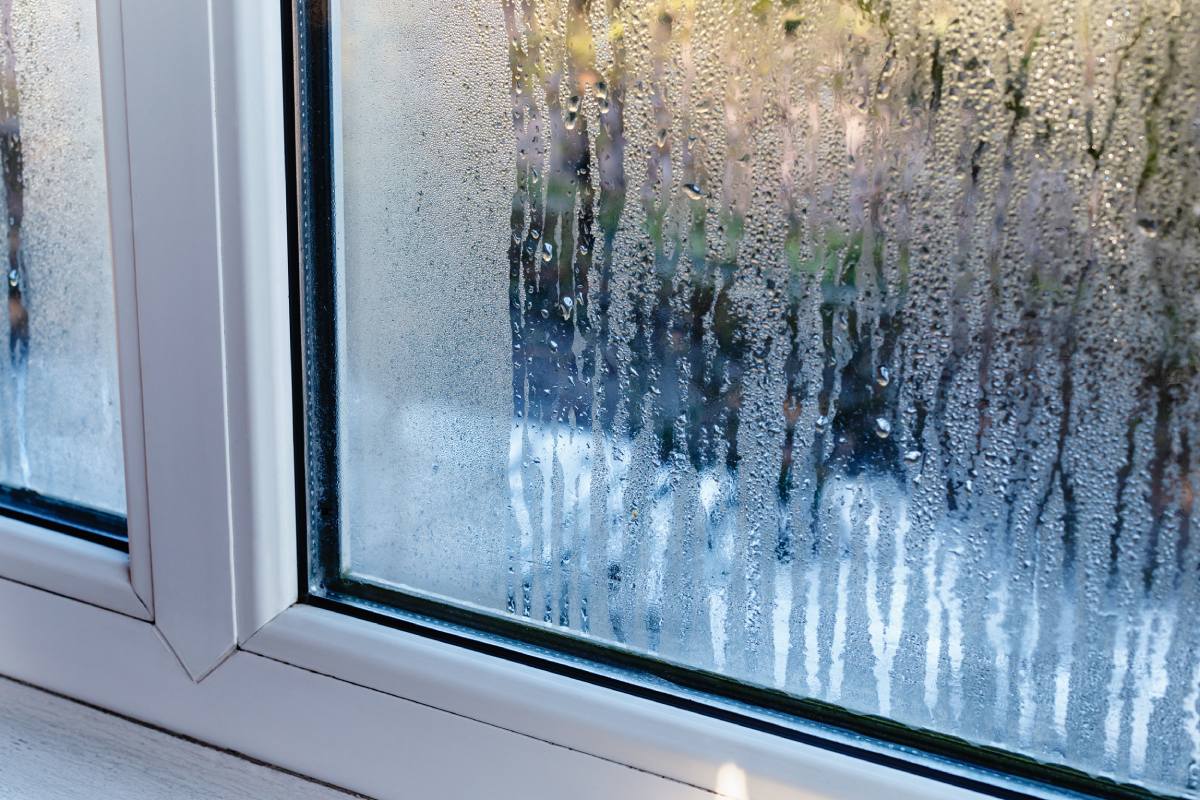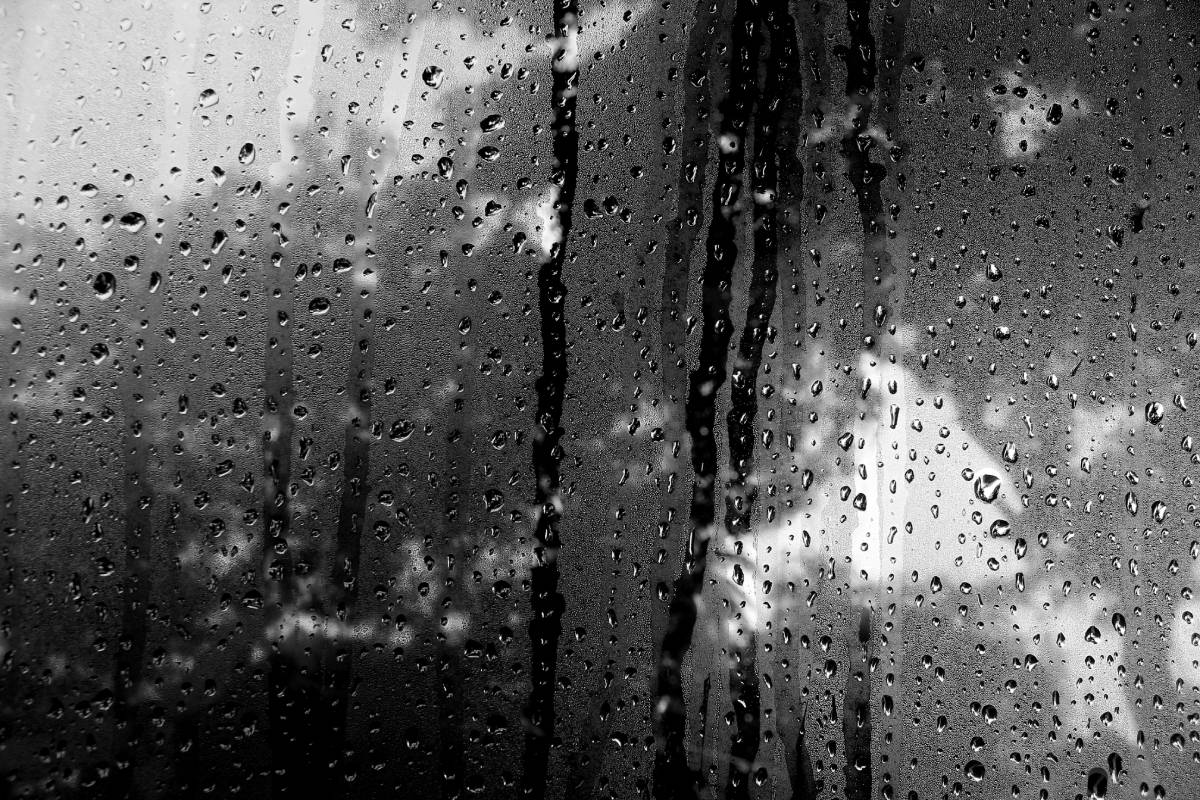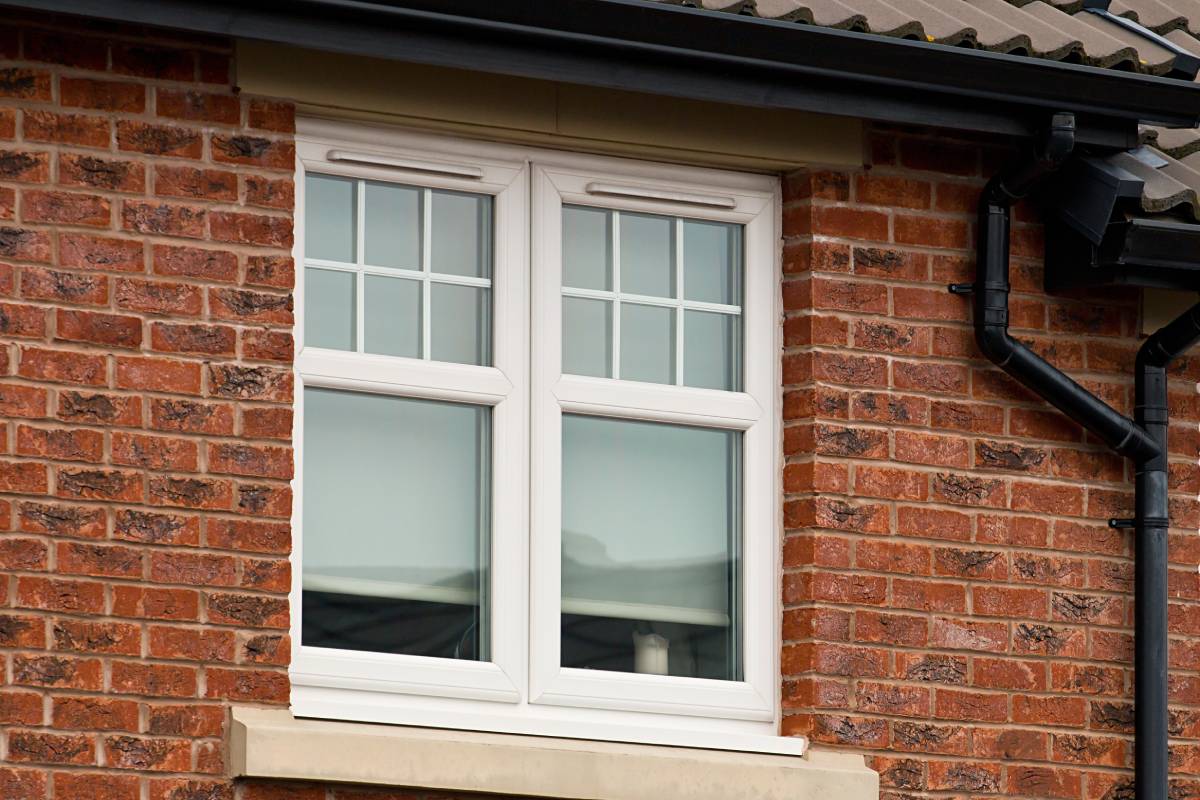If you've recently had new double or triple glazing installed, you're probably already enjoying the…
How to Tackle Condensation on Windows: Causes, Risks, and Solutions

As winter sets in, property owners often notice condensation on windows—those misty, water-droplet-covered panes that can signal more than just a temperature shift.
Left untreated, window condensation can lead to structural damage and health hazards. So, what causes condensation, why is it dangerous, and how can you manage it effectively? Let’s break it down.
Causes of Condensation on Windows
- Excess Moisture
When the warm, moist air inside a home comes into contact with cold surfaces like windows, condensation forms. This is common during colder months when indoor heating meets chilly outdoor temperatures. - High Humidity
Humidity plays a significant role. When the air holds a higher amount of moisture, the water droplets are more likely to concentrate and settle on cool surfaces. - The Dew Point
When warm air cools, water molecules condense to form visible droplets. You’ve probably noticed this after a shower on bathroom mirrors, or on windows when cooking or drying clothes indoors. Condensation can also form behind blinds, on walls with furniture against them, and in wardrobes positioned against external walls.
Dangers of Condensation
- Water Damage
Sitting water damages window materials over time, even if they’re waterproof. uPVC windows, for instance, can develop cracked seals due to moisture exposure and constant expansion from sunlight. Wooden window frames are even more vulnerable—they may peel, crack, or warp if not dried promptly. - Mould Growth
One of the biggest risks of condensation is mould, particularly black mould. This can damage surfaces and lead to health problems such as wheezing, itching, stuffy noses, and skin rashes. Long-term exposure may even contribute to conditions like asthma or chronic rhinosinusitis.
Solutions to Condensation
The root cause of condensation is often poor ventilation. Improving airflow can help equalise indoor and outdoor temperatures, reducing moisture buildup. Here are some effective solutions:
- Positive Input Ventilation (PIV) Units
PIV units extract moist air and bring in dry air, helping to maintain balanced humidity levels throughout your home. - Opening Windows
One of the simplest methods is to open your windows regularly, allowing fresh air to circulate and remove trapped moisture. - Internal Airflow Systems
Modern apartments often feature ducted airflow systems that exchange indoor and outdoor air, though these systems can be costly and disruptive to install in older homes. - Extractor Fans
Essential for bathrooms and kitchens, extractor fans reduce humidity by pulling moist air out. Some models activate automatically when humidity rises. - Double Glazing
Installing double or triple-glazed windows is a game-changer for reducing condensation. The air gap between the glass panes helps keep the inner pane closer to room temperature, preventing the formation of water droplets. - Dehumidifiers
Ideal for spaces without proper ventilation, dehumidifiers extract excess moisture from the air. To maximise their effectiveness, keep windows and doors closed while they’re running.
For more information on condensation solutions, visit Energy Saving Trust.
Managing window condensation doesn’t have to be daunting. You can protect your property and health by improving ventilation and investing in solutions like double glazing.
Don’t let condensation go unchecked this winter—take proactive steps to maintain a healthy, moisture-free home. Get in touch to discover how our new windows can solve your condensation problem.



